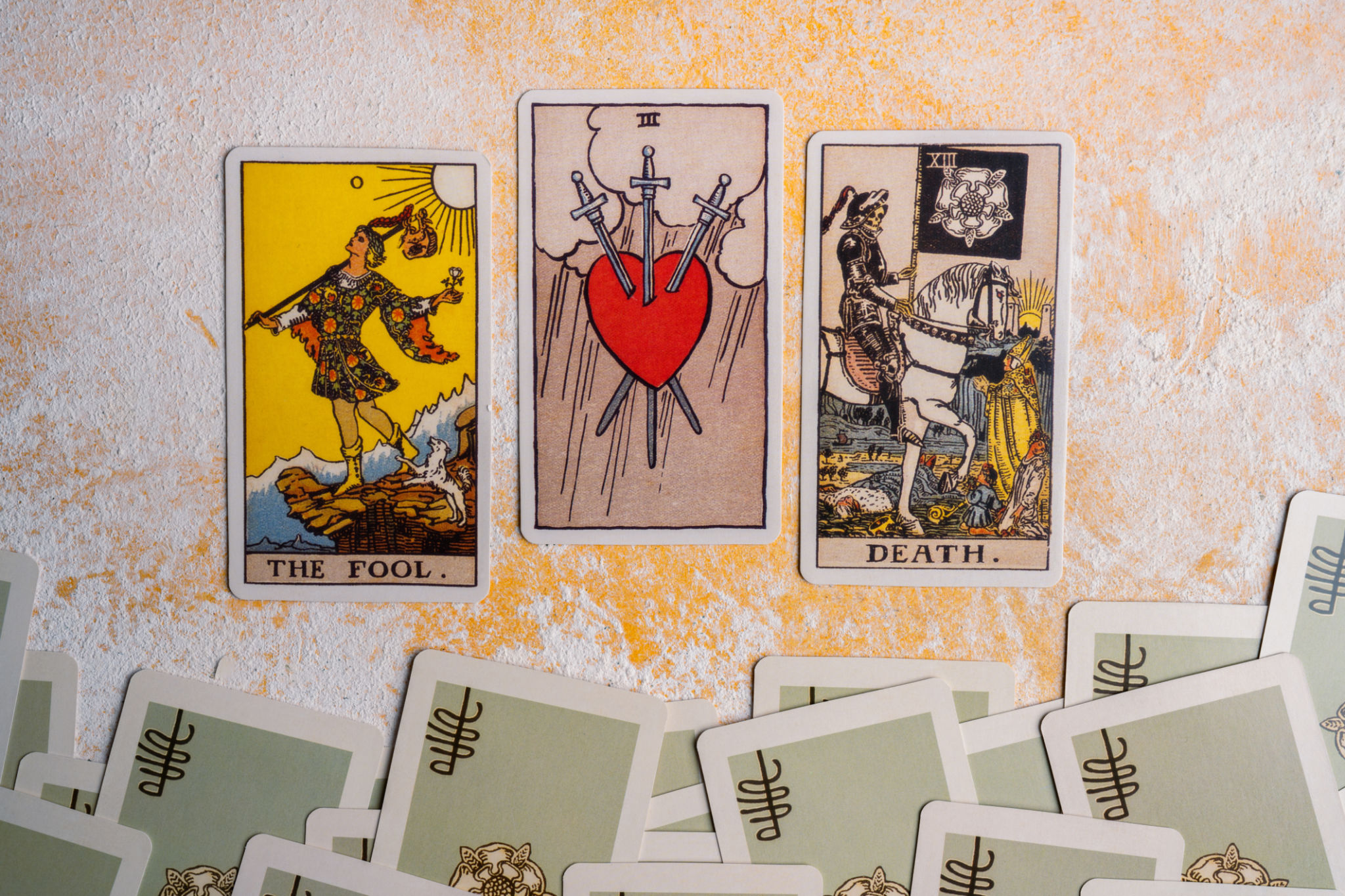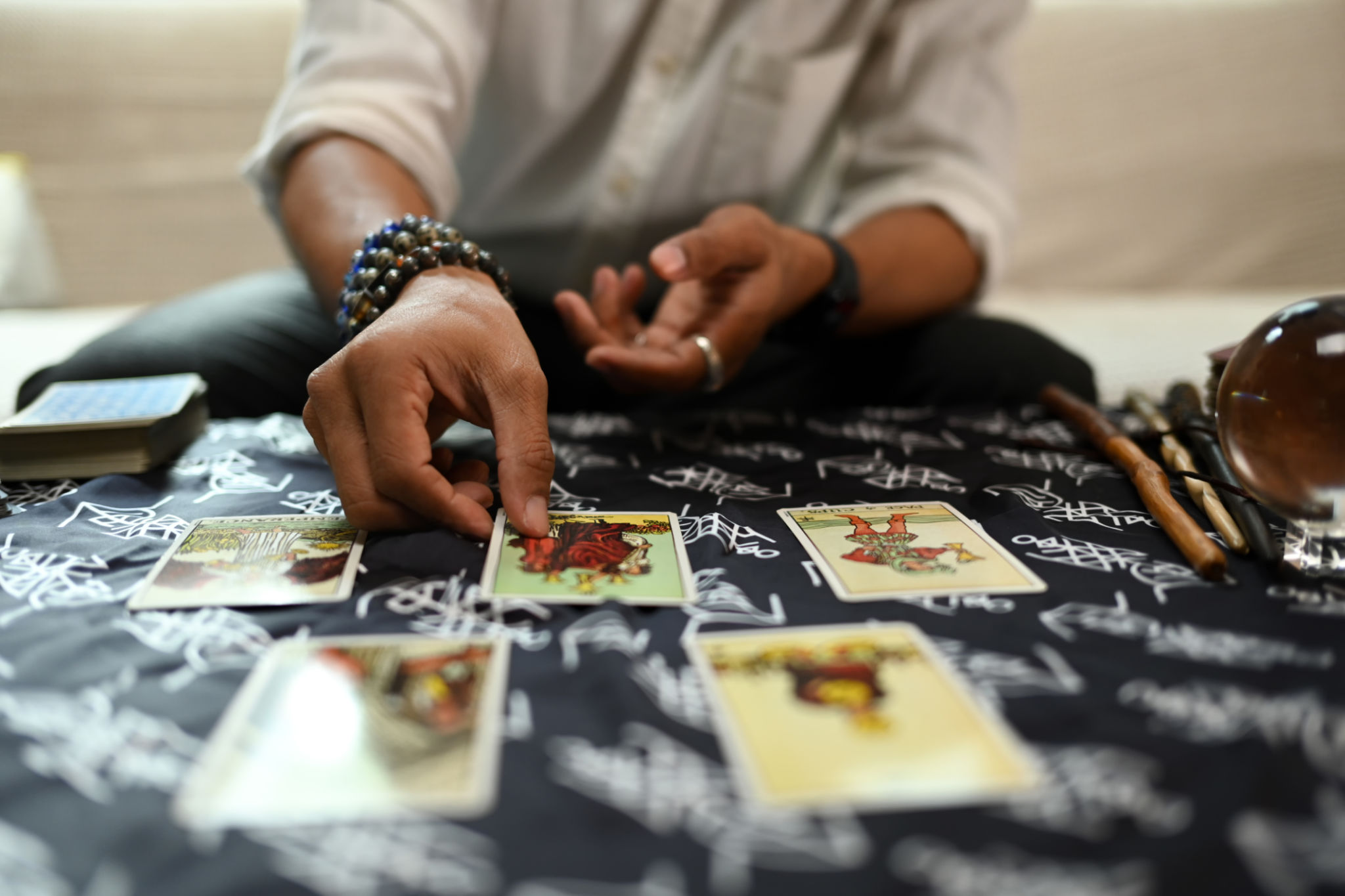Understanding Tarot: A Beginner's Guide to Spiritual Guidance
Introduction to Tarot
Tarot cards have long fascinated those seeking insight and guidance. While some view tarot as a mystical tool, others see it as a way to introspect and explore personal journeys. Whether you are a skeptic or a believer, understanding tarot can offer a new perspective on life's challenges and opportunities.

What is Tarot?
Tarot is a deck of 78 cards, each rich with symbolic imagery. These cards are divided into two main sections: the Major Arcana and the Minor Arcana. The Major Arcana consists of 22 cards that represent significant life events or spiritual lessons. In contrast, the 56 cards of the Minor Arcana focus on day-to-day matters and are divided into four suits: Cups, Pentacles, Swords, and Wands.
The History of Tarot
The origins of tarot are somewhat shrouded in mystery, with roots tracing back to the 15th century in Europe. Initially used as playing cards, they gradually evolved into tools for divination by the 18th century. The rich symbolism and archetypal imagery of tarot continue to captivate and inspire many.

How to Use Tarot for Guidance
Using tarot for guidance involves drawing cards and interpreting their meanings in the context of a question or situation. It's important to approach tarot with an open mind and a willingness to explore various interpretations. A tarot reading can provide insights into your subconscious mind and offer a fresh perspective on your current circumstances.
Basic Tarot Spreads
For beginners, starting with simple tarot spreads can be beneficial. Here are a few common spreads:
- One-Card Spread: Focuses on a single question or theme.
- Three-Card Spread: Offers insights into the past, present, and future.
- Celtic Cross Spread: A more complex spread that provides a comprehensive view of a situation.

Tips for Beginners
If you're new to tarot, here are some tips to help you get started:
- Select a Deck: Choose a tarot deck that resonates with you personally.
- Study the Cards: Spend time getting familiar with the imagery and meanings of each card.
- Trust Your Intuition: While guidebooks are helpful, trust your instincts when interpreting the cards.

Conclusion
Tarot can be a powerful tool for reflection and guidance, offering insights into our emotions, challenges, and future possibilities. Whether you're seeking clarity or simply exploring your spiritual side, tarot invites you to delve deeper into your inner world. Embrace the journey with curiosity and an open heart.